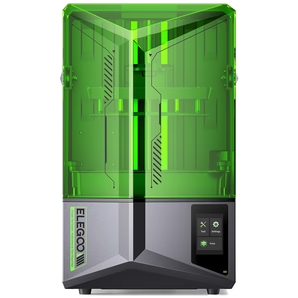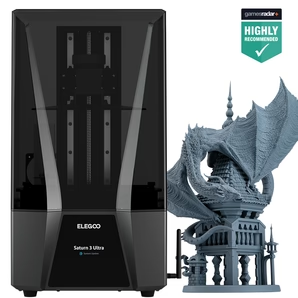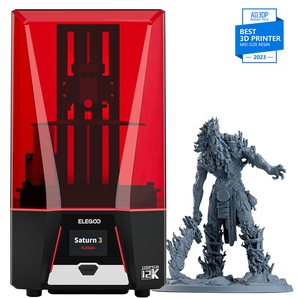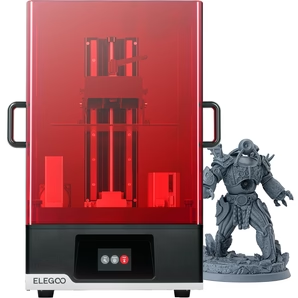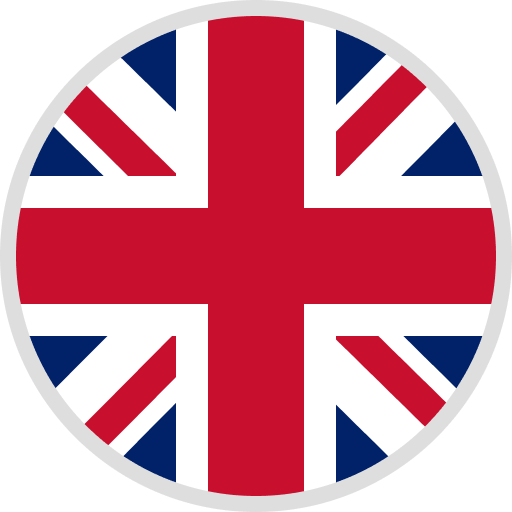From video games to movies and TV shows, fans all over the world are creating costumes and props to represent their favorite fictional characters. This art is known as cosplay, and with advancements in technology, 3D printing has revolutionized how cosplayers bring their ideas to life.
In this article, we explore the transformative power of 3D printing for cosplay, including how to choose the best 3D printers, utilize STL files effectively, and create stunning cosplay props.
This article would benefit beginners looking to 3D print their first prop or cosplay piece, as well as seasoned cosplayers wanting to take their costumes to the next level.
Outline
- Introduction to Cosplay and 3D Printing
- Why Use 3D Printers for Cosplay?
- Choosing the Best 3D Printers for Cosplay
- Understanding STL Files and their Importance
- The Process of 3D Printing Cosplay Items
- 3D Printing Materials: Filament vs Resin
- Post-Processing: Sanding, Painting, and Molding
- 3D Printing an Example Cosplay Prop: The Guardian Sword
- Advantages and Disadvantages of 3D Printed Cosplay
- Where to Find Cosplay STL Files and Tutorials
Introduction to Cosplay and 3D Printing
Cosplay, a combination of the words "costume" and "play," is a popular hobby where participants, known as cosplayers, dress up and act as characters from their favorite video games, anime, and movies. Over the years, cosplayers have used a range of materials and techniques to create their costumes and props. However, the advent of 3D printing technology has revolutionized the world of cosplay. 3D printers convert digital 3D models into tangible objects, layer by layer, opening up a world of possibilities for cosplay.
Why Use 3D Printers for Cosplay?
3D printing offers a range of advantages to cosplayers. Firstly, 3D-printed props and costumes are highly customizable. You can print your exact measurements and replicate intricate details from your favorite characters' armor or weapons. Additionally, 3D printing allows you to create props that would be otherwise difficult or expensive to manufacture traditionally. From a beginner-friendly helmet to an intricate Star Wars replica, there is no limit to what you can achieve with a 3D printer.
Choosing the Best 3D Printers for Cosplay
When you're ready to start printing, you may be wondering: What are the best 3D printers for cosplay? The answer depends on a number of factors, including your budget, the size of the cosplay items you want to print, and the level of detail you desire. FDM (Fused Deposition Modeling) printers like the Ultimaker are great for large objects and entire costumes, while SLA (Stereolithography) and DLP (Digital Light Processing) resin 3D printers offer finer detail and precision, perfect for smaller, intricate props.
Understanding STL Files and their Importance
STL files, a standard file format for 3D printers, represent the surface geometry of a 3D object without any representation of color, texture, or other common CAD model attributes. They are crucial in the process of 3D printing as they contain the information your printer needs to create your desired cosplay item. These files can either be created from scratch using 3D modeling software or downloaded from a variety of online sources.
The Process of 3D Printing Cosplay Items
Once you have your STL file, the next step is to slice it into layers using software like Cura. This process converts the 3D model into a series of instructions that your 3D printer can follow. After slicing, you load the file into your 3D printer and start the print. Depending on the size and complexity of the object, printing could take anywhere from a few hours to several days.
3D Printing Materials: Filament vs Resin
The two most common materials for 3D printing are filament and resin. Filament, such as PLA and ABS, is used in FDM printers, while resin is used in SLA and DLP printers. The choice between filament and resin depends on the specifics of your project. The filament is generally cheaper and available in a wider range of colors, while resin provides a smoother finish and higher detail.
Post-Processing: Sanding, Painting, and Molding
After your cosplay prop has been printed, it's time to bring it to life with post-processing. This can include sanding to remove any visible seams or imperfections, priming to prepare the surface for paint and painting to add color and detail. For larger props, you may also need to glue parts together. Post-processing is an essential step in the creation of 3D-printed cosplay, transforming the printed parts into realistic replicas of your chosen character's gear.
3D Printing an Example Cosplay Prop: The Guardian Sword
To illustrate the process, let's consider the creation of the Guardian Sword from the popular video game "Zelda". A couple of years ago, creating such a prop might have seemed impossible for an average hobbyist. But with 3D printing, cosplayers can download the STL file, print the pieces, and assemble a near-perfect replica of this glowing weapon. It's a clear example of how 3D printing has taken cosplay to the next level.
Advantages and Disadvantages of 3D Printed Cosplay
3D-printed cosplay has its advantages, including the ability to create unique, highly customizable props and costumes. However, it's also important to note that there are some downsides. The process of 3D printing can be time-consuming, and there is a learning curve associated with using the software and hardware. Moreover, not all printers can handle the level of detail required for some intricate designs.
Where to Find Cosplay STL Files and Tutorials
Fortunately, there's a wealth of resources available for those interested in 3D-printed cosplay. Websites like Thingiverse, MyMiniFactory, and many others offer a vast library of free STL files specifically designed for cosplay. Additionally, numerous tutorials on YouTube and online forums can guide you through every step of the process, from setting up your new resin printer to the final stages of post-processing.
In Summary
Here are some key takeaways to remember about 3D printing for cosplay:
- 3D printing allows for a high level of detail and customization in cosplay items.
- The best 3D printer for you depends on your specific needs and budget.
- STL files are a crucial part of the 3D printing process, containing the instructions for your printer.
- Post-processing, including sanding, painting, and assembling, is crucial for creating realistic props and costumes.
- Online resources provide a wealth of free STL files and tutorials for 3D-printed cosplay.
- While 3D printing can elevate your cosplay to the next level, it also requires time and patience to learn and master.
- Cosplay costumes and accessories remains a popular 3D Printing Project
Other Cool 3D Printing Projects To Explore
Diving into the world of 3D printing unveils a treasure trove of possibilities. Two of the more popular 3D printing uses includes board game projects and immersive tabletop gaming creations. Diorama projects have also grown in popularity, becoming a haven for detail-oriented minds, and cosplay enthusiasts find new ways to accentuate their outfits. Simultaneously, the creative world of jewelry sees a renaissance with meticulously crafted pieces.
Practical applications abound, with the rise of top-tier DIY home projects and garden tools tailored to specific needs. Parents and teachers gravitate towards the huge benefits with regardso to education when creating functional toy projects that seamlessly blend fun with education.
In the realm of health, dentistry stands out with 3D printed precision tools. The braille community celebrates the newer, more inclusive materials, while sports aficionados appreciate the advent of custom equipment.




























